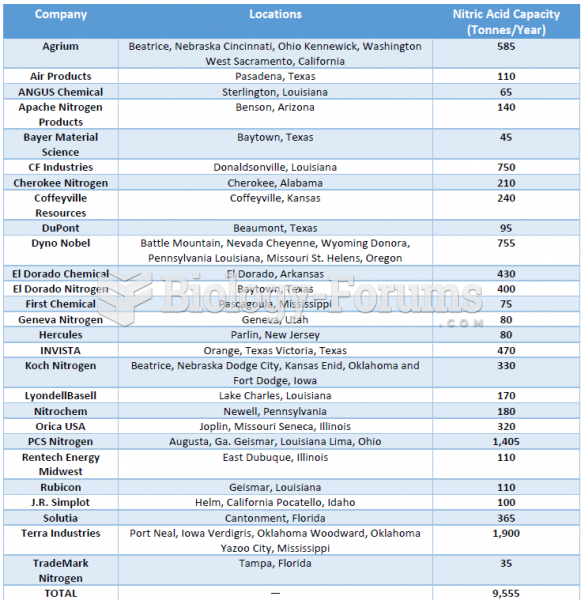Answer to Question 1
d
Answer to Question 2
About 25 percent of the U.S. population resides in rural areas, identified
as communities of 2,500 people or less by the U.S. Census Bureau.
Sociologists typically identify rural communities as small, sparsely settled areas that have a
relatively homogeneous population of people who primarily engage in agriculture. For
individuals in rural areas who have made their livelihood through farming and other
agricultural endeavors, recent decades have been very difficult for many, both financially and
emotionally. Rural crises such as droughts, crop failures, and the loss of small businesses
in the community have had a negative effect on many adults and their children. Like their
urban counterparts, rural families have experienced problems of divorce, alcoholism, abuse
and other crises, but these issues have sometimes been exacerbated by such events as the
loss of the family farm or business. Since home is also the center of work in farming
families, the loss of the farm may also mean the loss of family and social life. Some rural
children and adolescents are also subject to injuries associated with farm work, such as
livestock kicks or crushing, falling out of a tractor or pickup, and operating machinery
designed for adults.
Economic opportunities are limited in many rural areas, and average salaries are typically
lower than in urban areas, based on the assumption that a family can live on less money in
rural communities than in cities. Rural schools typically face a severe teacher shortage and
often pay salaries that lag far behind those in urban and suburban school districts. In rural
areas, one of the most pressing problems is the availability of health services and doctors.
Because of the pressing time constraints of tending to patients with life-threatening
problems, such as heart attacks and strokes, the availability of community clinics and
hospitals in rural areas may be a life-or-death matter for some residents. Loss of these
facilities can have a devastating effect on people's health and life chances. Another factor is
the proliferation of superstores, such as WalMart, Lowe's, and Home Depot. In some
cases, these superstores have effectively put small businesses out of business because
local merchants cannot meet the prices established by these large-volume discount chains.







